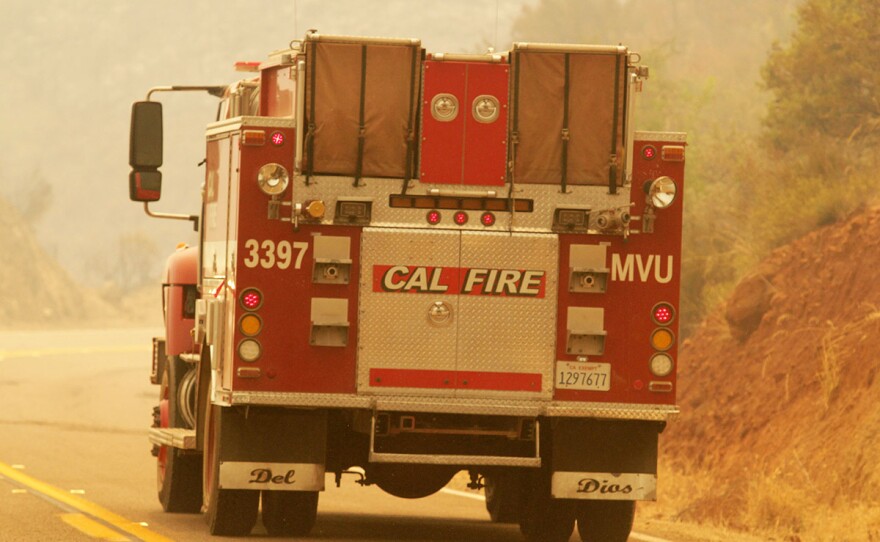Gusty winds and low humidity will significantly raise the threat of wildfires Tuesday in most parts of San Diego County, according to the National Weather Service.
The agency issued a red flag warning for the mountains and the western valleys that will take effect at noon Tuesday and last until 8 p.m. Wednesday.
Temperatures will continue cooling Tuesday throughout the region, but strong winds out of the east are expected to accompany single-digit humidity in those two areas, forecasters said. Wind speeds out of the east are expected to be 15-20 mph, with gusts potentially reaching 30 mph through mountain passes.
These conditions mean any fires that develop will likely spread rapidly and outdoor burning is not recommended, according to the NWS. Residents are also advised to bring flammable objects indoors, have an emergency kit ready to go with at least a half-tank of gas in the car and keep phones charged.
High temperatures Tuesday are forecast to reach 80 degrees near the coast, 86 inland, 89 in the western valleys, 94 near the foothills, 90 in the mountains and 103 in the deserts.
As of Monday evening, the Valley Fire in Japatul Valley near Alpine had burned 17,345 acres and was 3% contained, according to Cal Fire. Evacuation orders are in effect for Barret Lake Dam, Corte Madera, South Pine Valley, areas west of the intersection of Japatul and Lyons Valley roads and areas west of state Route 94 and the Moreno Valley Road/Lyons Valley Road intersection.
Temporary evacuation points have been set up at Steel Canyon High School, 12330 Campo Road, and Joan MacQueen Middle School, 2001 Tavern Road.






